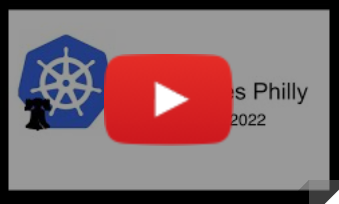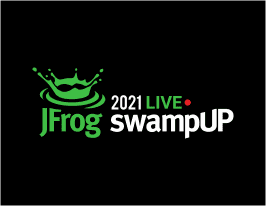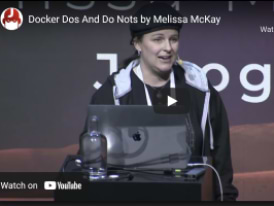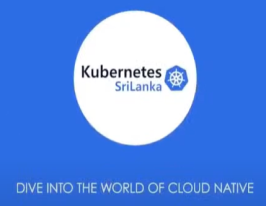Kubernetes Operator For Deployment And Management Of App @ Open Source Summit Latin America
August 24, 2022
< 1 min read
Kubernetes Operator let us extend the functionality of the Kubernetes API, enabling it to configure, create, and manage instances of applications automatically using a structured process. In this talk, we will take a deep dive into the capabilities of Kubernetes controllers, security risks, and lifecycle management, including backup, recovery, and automatic configuration tuning. We will also explore the uses of Kubernetes Operator Writing Controler logic and its unique way to manage application deployments as a use case.







